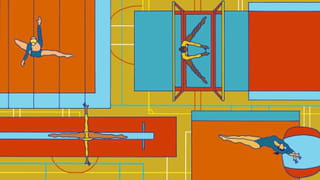“Why isn’t your hair up in a tight bun? ... Are you some kind of slut?”
“I fall off the beam and land badly, and I’m hurting. The coach unleashes a torrent of curse words, yelling at me to get up again. I wait too long. ‘Get your butt up there right now or I’ll make you wish you had.’”

“He grabs me by the throat with both hands and lifts me into the air by my neck ... I hear him clearing his throat, followed by the sound of spitting, and feel a thick glob splat into my face.”
The latest instalment in the decades-long humanitarian scandal known as “world-class women’s gymnastics” was released in July.
A local Dutch newspaper, Noordhollands Dagblad, published several high-profile articles about gymnastics culture in the Netherlands. Anonymous gymnasts talked about what they had experienced during their career. About years of intimidation and humiliation, and how damaged they still are, even years later.
But the most remarkable feature in the series was the interview with one of those spitting, striking, shouting coaches in person: former league coach Gerrit Beltman. In the interview, Beltman does something extraordinary: he admits almost everything, and offers an apology.
“The conduct I exhibited cannot be justified in any way ... I am deeply ashamed. I never deliberately intended to hit, to curse, to hurt or to humiliate ... But it did happen.”
The confession opened the floodgates to a torrent of revealing tales – about Beltman and other national team coaches. These came on top of stories that came out after Netflix released the documentary Athlete A, about abuse in US gymnastics. The furore led to questions in Dutch Parliament, discontinuation of the training sessions for the national gymnastics team, and the establishment of an independent committee to investigate gymnastics culture in the Netherlands.
The committee will report its findings in December. It is not difficult to predict the ritual proceedings that will follow that report: a coach will resign, a board will step down, a code of conduct will be instituted. Statements will be made about a change in culture, about "rotten apples", about “that was then” and “this is now”. And in about five years, another gymnast will tell a journalist her “shocking tell-all” story of abuse.
Why?
Because child abuse isn’t an exception in women’s gymnastics – it’s the logical consequence.
Gymnastics: a machine of systematic abuse for 50 years
This may sound cynical. But gymnastics has a well-earned reputation for widespread excesses. 25 years ago, the sport was already referred to as “legal child abuse”, and it’s no exaggeration. Read what generations of gymnasts have said about their sport, and the truth is self-evident: gymnastics is a machine for destruction of the lives of young women.
The titles of gymnastics autobiographies alone read like catalogues of crushed childhoods: Off Balance, Break the Fall, What Is a Girl Worth?, Leiden im Licht (Suffering in the Spotlights) and many more. The names, locations and time periods may be different, but the stories are almost identical.
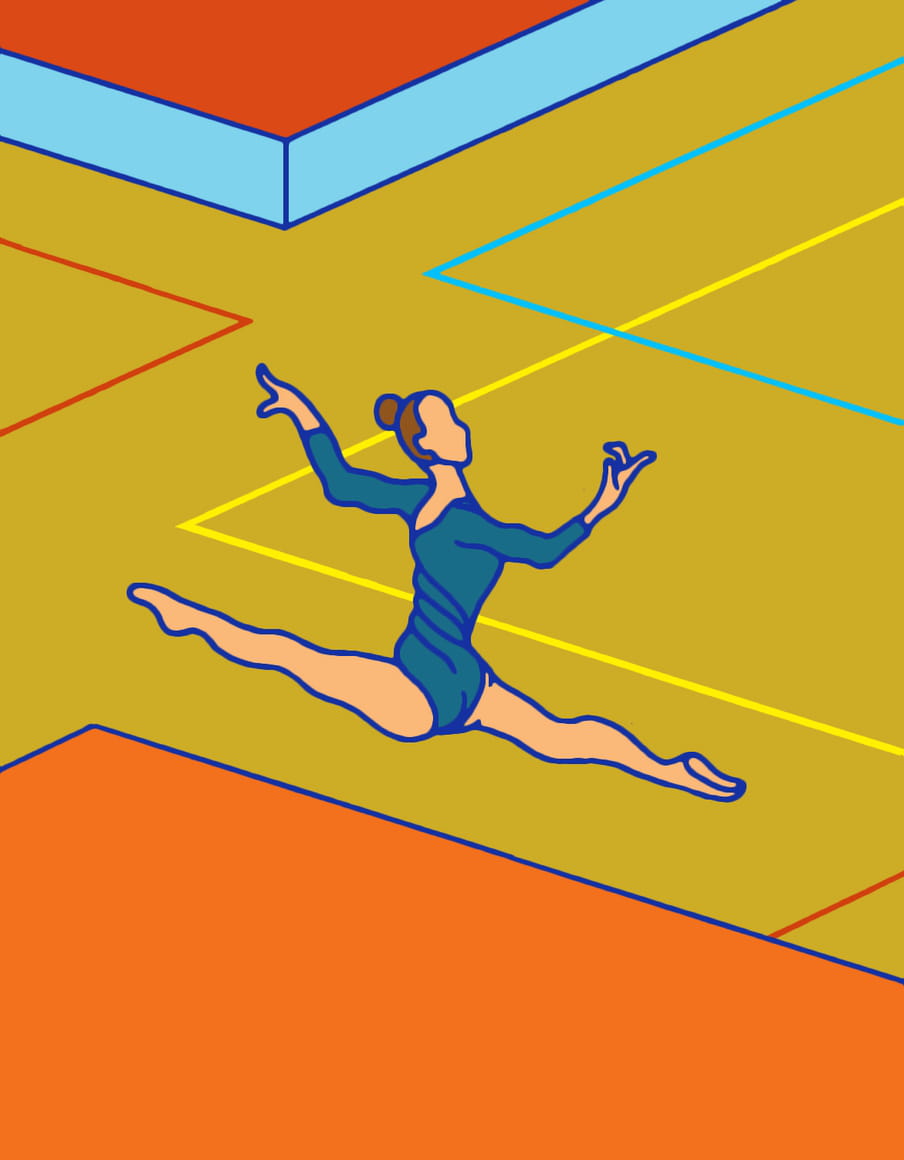
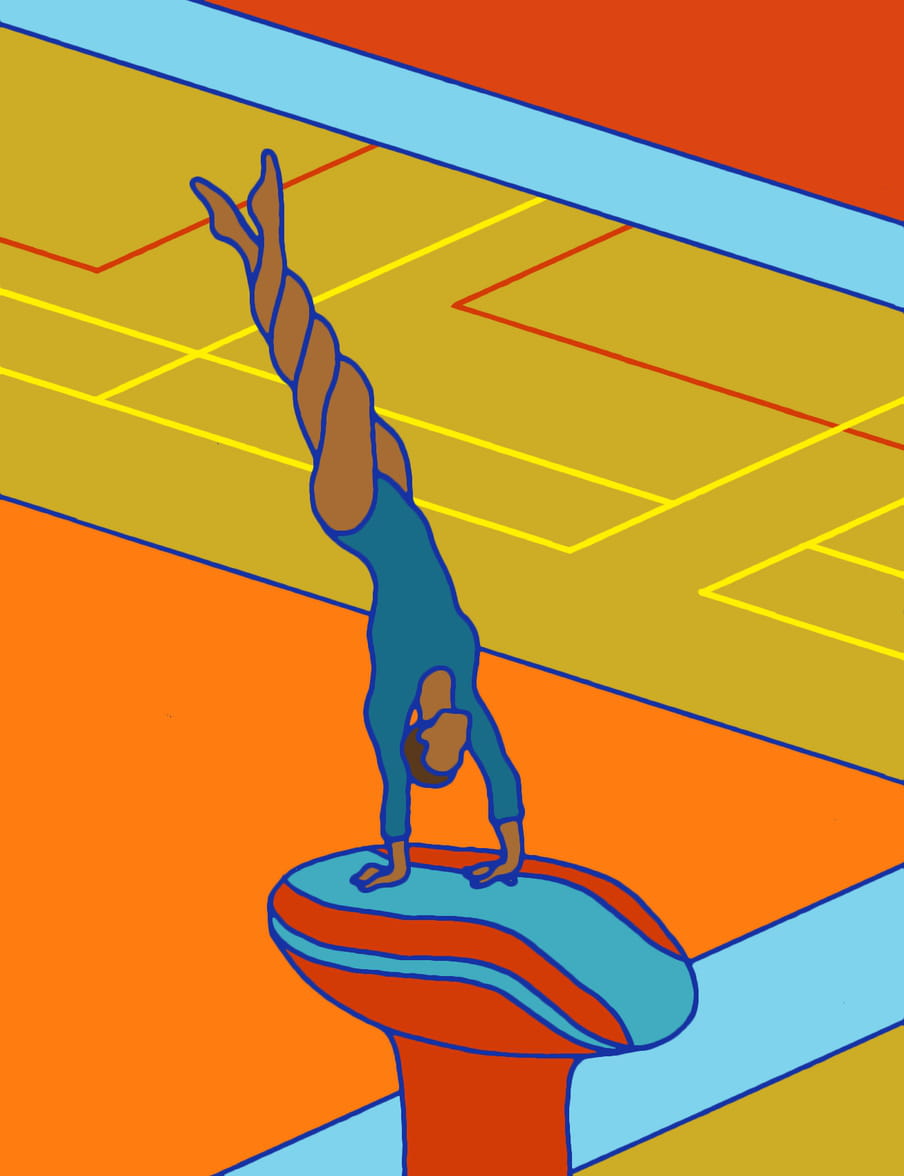
Verbal abuse: check. Humiliation: check. Isolated from the world beyond the sport: check. Parents who slide from “wanting the best for their child” to “blind ambition”: check. (“You didn’t make the Olympics team”, one parent told her child, “I did.”) Deprioritising school: check. Continuing to compete with injuries and broken bones: check. And above all: an obsession with weight, resulting in anorexia and bulimia: check, check.
Fat-shaming of gymnasts by coaches is a persistent theme pervading the sport. “Balloon”, “brick house”, “apartment complex” – real estate and the animal kingdom are popular metaphors. “Fat cow” is a favourite in all sorts of languages and variations – “pregnant cow”, “dikke koe”, “grosse vache”, “fette Kuh” – followed by various other livestock (“fat pig”) and poultry (“stuffed Christmas turkey”).
With the fat-shaming come the coping mechanisms. Daily crying: check. Hoping to get injured just to avoid training: check. Taking extra risks to increase the chance of injury: check. Self-harming to get out of training: check. And it gets worse.
Swiss gymnast Ariella Kaeslin fantasised about having a button she could press to end her life; US gymnast Chloe Gilliland considered suicide because it was “easier than giving in to what they wanted me to be”; US gymnast Jennifer Sey thought about driving into the oncoming traffic on her way to practice. And these are not isolated incidents.
Suicidal tendencies: check.
Yet the athletes seldom leave their abusive coaches. Partly because they love the sport, partly because they – and their families – have invested so much in their careers, partly because they’ve spent half their lives with their coach (and often lived with them). Leaving the coach is like leaving your family, and no child wants that. And so they continue their oppressed lives.
“Life in prison reminded me of gymnastics,” one former elite Dutch gymnast explained after serving her sentence.
A sport in which the superstars are children
After their careers come to an end, some gymnasts share their nightmarish stories. There’s a ritualistic pattern to this: their memoirs cause a stir, the stir settles down, and then the cruelty resumes. The result is a tradition of abuse that’s passed down from generation to generation.
“There’s a bigger chance that you’ll end up hurt [from elite gymnastics],” the repentant former national team coach Gerrit Beltman said, “than that you won’t get hurt.”
So why does the sport keep on being cruel?
Because abuse pays off.
Or, to put it slightly differently: abuse is baked into the sport itself. The quickest route to success in gymnastics involves a direction in which some sort of abuse is virtually inevitable.
In women’s gymnastics, puberty is viewed as an inconvenient, career-ending illness
This traces back to the core problem of gymnastics: women’s gymnastics is one of the few sports in which girls as young as 15 can win Olympic gold and become world champions.
In fact, success for teenage girls is not just possible – it’s probable. In gymnastics, being petite is a major advantage. Smaller bodies rotate more easily, so they can do more tricks that yield more points within a shorter time frame. And that means puberty is viewed as an inconvenient, career-ending illness. As you grow taller, wider, rounder – moving towards womanhood, in other words – you become less capable of performing the breathtaking skills it takes to win at that level.
Russian and Romanian gymnastics coaches were the first to figure this out. In the 1960s and 1970s, their early talent development schemes spat out children who could do everything their adult opponents could do – and more. The iconic gymnast of this development was Nadia Comăneci. At the Montreal Olympics in 1976, she received the much-coveted highest score: a perfect ten. She was the world’s best gymnast ... at age 14.
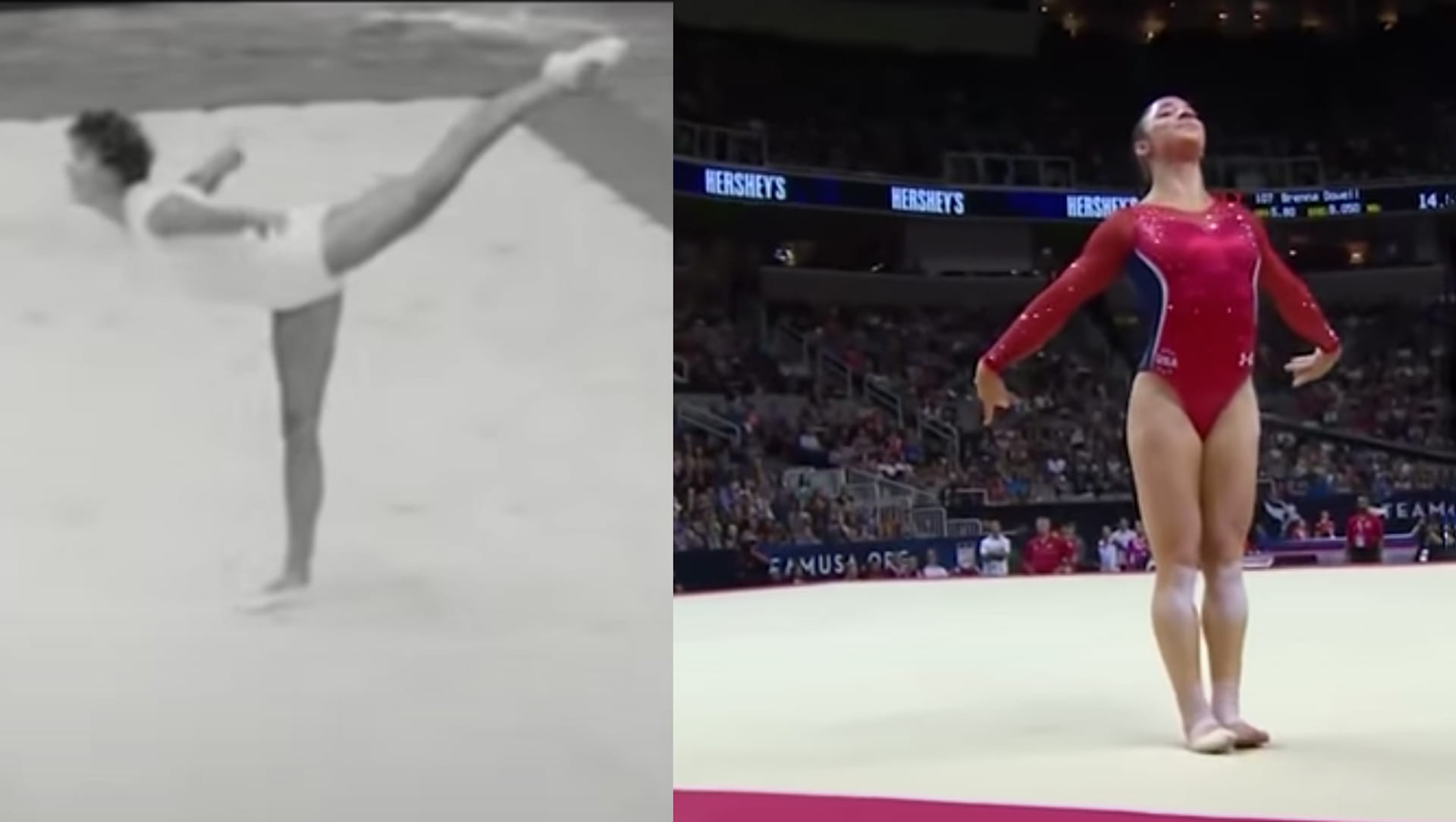
In almost all other sports, achieving success at such an early age is almost impossible. In team sports, you need opponents to be able to train and get better, which imposes an organisational constraint on accumulating experience. Moreover, many sports are more complex and less predictable than gymnastics, which means that it takes more time to master the discipline’s intuitions. And above all, in most other sports, bigger and older correlate directly to “better” – as they do in men’s gymnastics, for example.
Not so in women’s gymnastics. As spectacular and difficult as the sport looks, in comparison to other sports it’s very trainable. You can practise any time you like; the requirements are clear and constant (which makes feedback from a coach efficient); there’s no opponent. And for biomechanical reasons, being smaller – younger – is actually an advantage. Plus, from the coach’s perspective: a younger athlete usually means a more obedient athlete. She may not be practice-happy, but she practises.
This means – crudely put – that if you have enough gymnasts and fit in enough hours of training before the age of 15 or 16, you can have your champion. No wonder that women’s gymnastics is referred to as a race against the clock, a "Wettkampf gegen die Zeit" – or a race against puberty.

This is exactly what the gymnastics world embarked on after Comăneci showed the way. The average age of successful gymnasts plunged – as did their body height and weight. Until the 1970s, the athletes competing in women’s gymnastics were about 1.60 metres tall and weighed 60kg. Those figures plummeted rapidly from that point on: 1.54 metres and 45kg at the 1987 world championship in Rotterdam, just 1.52 metres and 43kg in 2000, and 1.53 metres and 45kg in 2008. In gymnastics, they call them pixies.
Within that group of very young gymnasts, Belgian researchers revealed in 2001, the smallest, thinnest, lightest girls were the most successful. Those results are also apparent from their birth months. In most sports, children born in January, February and March are overrepresented in selection teams. Why? Those children are just a bit bigger, stronger, more experienced compared to the younger children born in the later months of the same year.
But in women’s gymnastics? Exactly what you’d expect: it’s the exact opposite.
What happens when you try and shove 10,000 hours down the throat of one childhood
What does it all come down to? The belief that those who shove the most practice hours down the throat of a skinny, late-maturing child gymnast have the best chance of winning.
And that’s where the institutionalised abuse comes in.
Take injuries, for instance. Serious gymnasts get seriously injured all the time. But because the sport is literally a race against the clock, you have to practise and keep competing through them. As a general rule, if you miss one week of gymnastics training, you need two weeks to catch up.
Then there is the obsessive dieting. Many gymnasts report eating precious little, even during training camps. What they do eat, they chase from their bodies with laxatives and diuretics. The goal is twofold: living up to the aesthetic standards of judges and postponing the dire illness called menarche and its career-ending symptoms of feminine curves.
Jennifer Sey summed both points up in this one paragraph in her brilliant memoir Chalked Up: Inside Elite Gymnastics’ Merciless Coaching, Overzealous Parents, Eating Disorders, and Elusive Olympic Dreams. “Just one year after having gone to Parkettes [a famous gymnastics training centre], one broken ankle, two black eyes, one eating disorder, untold boxes of laxatives, a few broken fingers, and splintered shins, I was the second-best gymnast in the country.”
Many gymnasts report eating precious little, even during training camps. What they do eat, they chase from their bodies with laxatives and diuretics
And the isolation and humiliation? Because of the severe time constraints, coaches compel gymnasts to absolute obedience. "It was the psychology of war", a repentant complicit gymnastics dad told journalist Joan Ryan. "Stripping people of their egos so they can go out and kill somebody."
In her memoir Leiden im Licht (Suffering in the Spotlights), Swiss gymnast Ariella Kaeslin recounts how the former national team coach Eric Demay made his gymnasts kiss him on the cheek before every session. When they made some random mistake in practice, he would have them self-shame themselves.
Demay: “You’re stupid.”
Gymnast: “Yes, I’m stupid.”
Demay: “Say it again.”
Gymnast: “I’m stupid.”
Who wants to live like this, you ask? No one. Except if you love gymnastics, you’ve invested most of your life trying to excel at it, and you don’t know anything else. You’re basically doing Yurchenkos in Plato’s cave – an effect some coaches even consciously set out to achieve.
“We are so scared that athletes ... will see things in life that may be more attractive and make them want to quit,” a coach told Dutch researcher Froukje Smits in 2014. “That is why the doors of the gym are closed and athletes are not allowed to participate in anything else. What if they find a sport they like better? Or they have a boyfriend or girlfriend outside of sport and they don’t want to do gymnastics any more?”
The result: many gymnasts lead depressing, monotonous, isolated lives, leading to psychological damage that persists long after their careers are over.
Abuse isn’t a bug of women’s gymnastics, it’s a feature.
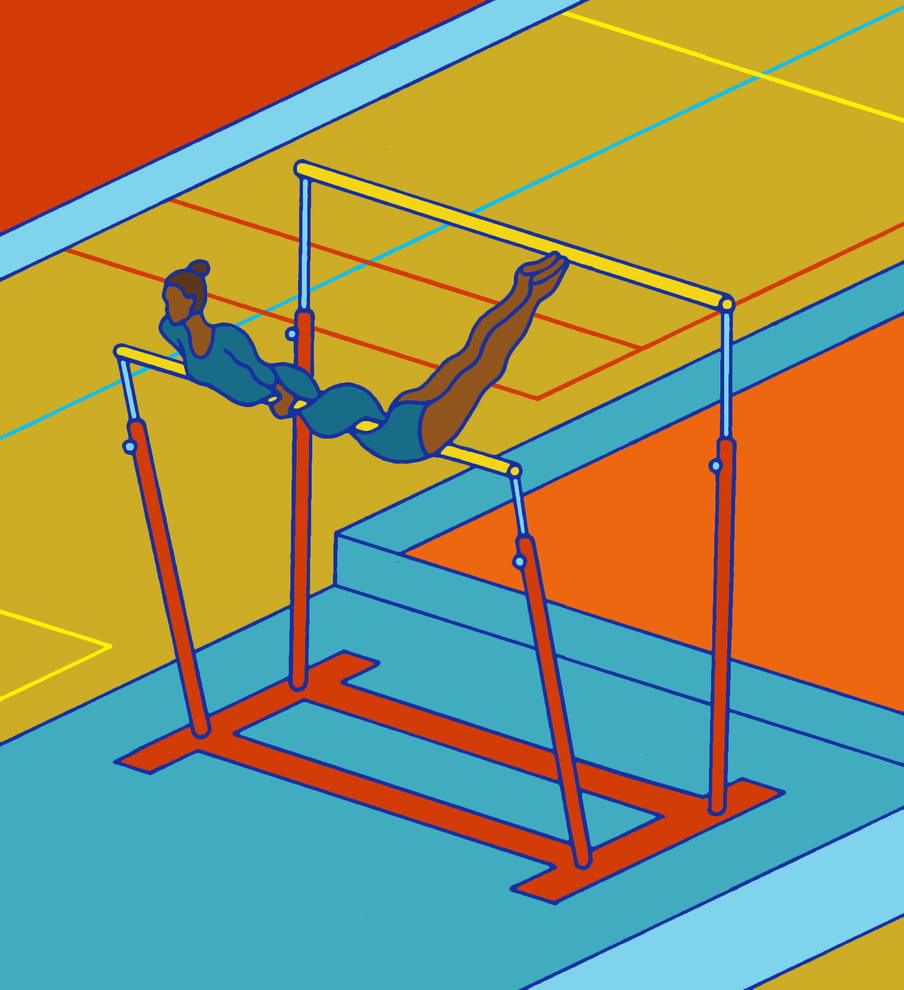
Gymnasts could have a normal life, but that’s just too costly
Just to be clear: you don’t have to be a child to win in women’s gymnastics.
Actual full-grown women have won medals in women’s gymnastics. In fact, some observers point to a healthy ageing among the gymnast population. Dutch gymnast Sanne Wevers won the gold medal on bar in Rio de Janeiro in 2016 at the “ripe old age” of 24. And Simone Biles, America’s latest gymnastics darling, is the red-hot favourite for the all-around gold medal at the Tokyo Games at age 23.
Gymnasts like these show that the rise of the pixie is not a law of nature, but a social construct, critics say – merely a narrative that the gymnastics community has come to believe in. Gymnasts can be like wine, growing better with age, they say; that story just needs to be told more often.
But here’s the thing: even if extreme youth isn’t a requirement to win, it isn’t an impediment either. You can win when you’re 15 years old. And that’s a problem. Because if it can be done, it will be done. This logic explains why coaches do the things they do, even if they find their own behaviour reprehensible – as the anonymous coaches admitted to Dutch researchers.
Scandals seem to slide right off gymnastics
This is why the sport seems to be resistant to change, no matter how scandalous the offences, or how well intentioned its occasional reformers.
In her excellent book The End of the Perfect 10, Dvora Meyers contrasts the old, harsh school of gymnastics coaching with a “new wave” of US gymnastics coaches. Figuring prominently in this brave new world of more humane gymnastics: coaches Maggie Haney and Kim Zmeskal.
They stress how the gymnastics world of Little Girls in Pretty Boxes – Joan Ryan’s 1995 book that convincingly argued that women’s gymnastics is “legal child abuse” – is a thing of the distant past. Meyers’s account of the new wave, published in 2016, is understandable. Because even the arc of the gymnastics universe bends towards justice, right? Haney and Zmeskal certainly make a compelling case.
But then, fast forward four years: Haney is found guilty of severe mental abuse of Olympic gold medallist Laurie Hernandez, who had been her pupil since the age of six. Haney was suspended from working with gymnasts for eight years. And this August, Zmeskal too was accused of abuse by three gymnasts. They all need therapy to this day.
Almost the same happened in the Netherlands. In 2011, Dutch magazine Helden set out to celebrate the stunning success of the Dutch squad at the 2001 world championships. The gymnasts had not planned to reveal their experiences to the journalist, but just couldn’t help themselves when they started reminiscing.
In gymnastics, it’s unlikely that it’s ever just a few; it’s the whole basket, possibly even the whole orchard
They talked about the coaches’ fits of rage, bouts of verbal abuse, hitting and kicking, intimidation and bullying. Suzanne Harmes said: “It was child abuse, but everyone put up with it.” Renske Endel was more personal: “[I thought:] Dad, just drive into the water, then at least I won’t have to go to training.”
A stir was caused. New measures were instated. Progressive gyms stepped forward. One of these gyms, SV Pax, reached out to Helden in 2014. Come and look at our gym, they said. “We are here for the gymnasts, but apparently that isn’t the default elsewhere.”
Fast-forward to 2017-2018: gymnasts, coaches and parents file anonymous complaints about Pax.
March 2019: the investigation that followed by Instituut Sportrechtspraak, a Dutch research institute specialising in sports law, reported its findings of “transgressive behaviour” at Pax.
Early May 2019: Helden interviews three gymnastics moms about a well-known coach at Pax, who was allegedly yelling at young gymnasts and calling them “sluts”.
Late May: official questions were raised in Parliament.
Not long after, the situation was being discussed in terms of “a few bad apples”, of “stricter rules”, of “a climate that had since improved”.
A better climate? A few bad apples? This summer, several gymnasts levelled allegations of abuse against the current Dutch national head coach (and father of Olympians Lieke and Sanne) Vincent Wevers. In gymnastics, it’s unlikely that it’s ever just a few; it’s the whole basket, possibly even the whole orchard.
In a system governed by corrupt incentives, even good guys turn evil if they wish to survive.
"I’m not putting my hand in the fire for any coach," the gymnastics researcher Natalie Barker-Ruchti told me in a recent interview.
If we can bring a sport into this world, can we also take it out?
Clearly, a big reform, something structural, is needed. And maybe, just maybe, this time really is different.
The outrage that has emerged since the release of Athlete A in June is genuinely unprecedented. Earlier accounts could be denied as the grumblings of disappointed losers (Sey) or dimwitted outsiders (Ryan); now even the greatest gymnast in the history of the sport – Simone Biles – has spoken up. The hundreds of revelations by active gymnasts under the hashtag #gymnastalliance have made the culture of abuse in the sport undeniable. Cultural change may happen at last; if this doesn’t do it, then maybe nothing will.
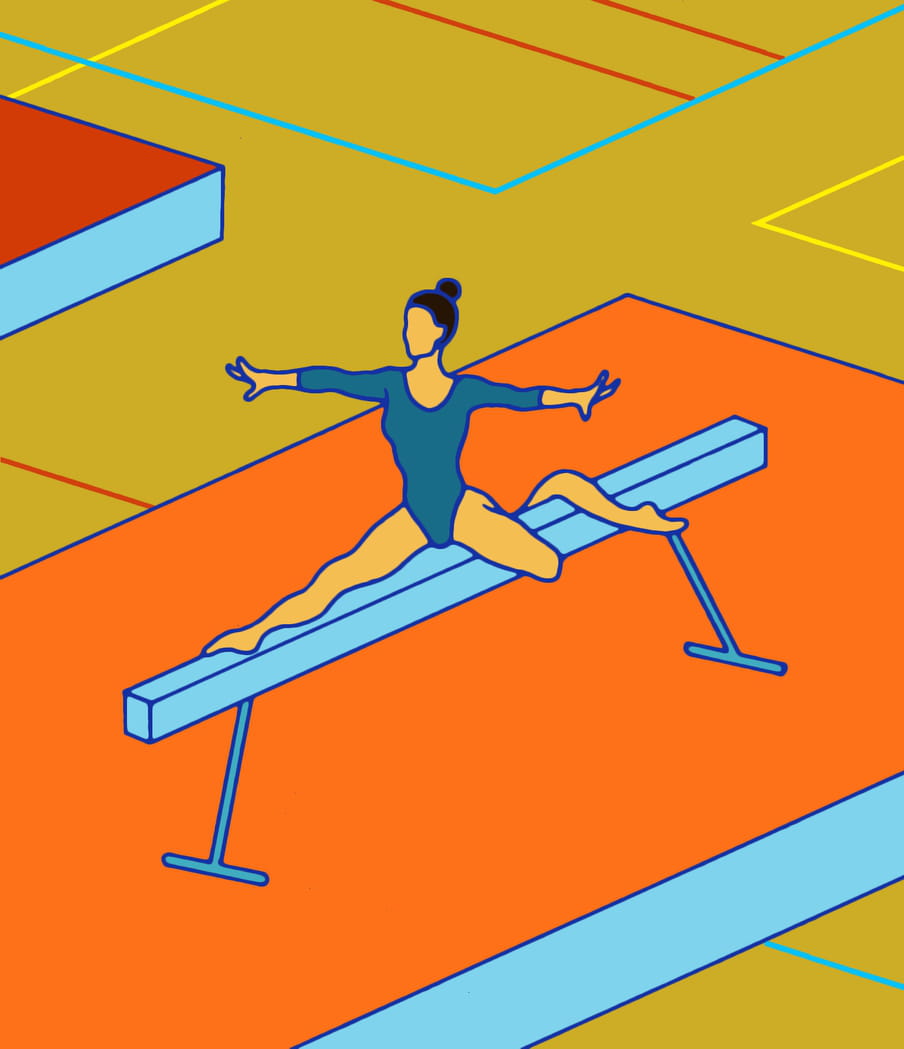
But even if true change does happen, will it last? History suggests it’s better to ask another question: does the outrage change the fundamentals of the sport this time around? The uncomfortable truth is: no, it doesn’t.
Jennifer Sey, too, badly wants to change gymnastics culture, but she’s pessimistic that gymnastics will change on a fundamental level. In the foreword of the recent edition of her memoirs – Chalked Up – she suggests an alternative: stopping altogether.
“The world can survive the loss of gymnastics,” she writes. “What I want is for kids not to be abused. If that happens because the culture changes, great. If that happens because the sport no longer exists because parents don’t want to send their kids to gymnastics classes anymore, fine.”
Of course, gymnastics won’t disappear altogether. But it’s understandable that she considers this an option. Something sweeping is needed. So why not – at least temporarily – scrap it from the Olympic calendar? In fact, why would the International Olympic Committee, which issued guidelines on the rights of elite child athletes in 2008, allow a sport that is so central during the Olympics to systematically and flagrantly violate those frameworks?
If this doesn’t cross the line in the sand, then why have one at all? If a sport can emerge, can it also fade away – or fade out – before it reappears again?
This article first appeared on De Correspondent. It was adapted from the Dutch original by correspondent Michiel de Hoog, with translations into English by Joy Phillips.
Dig deeper
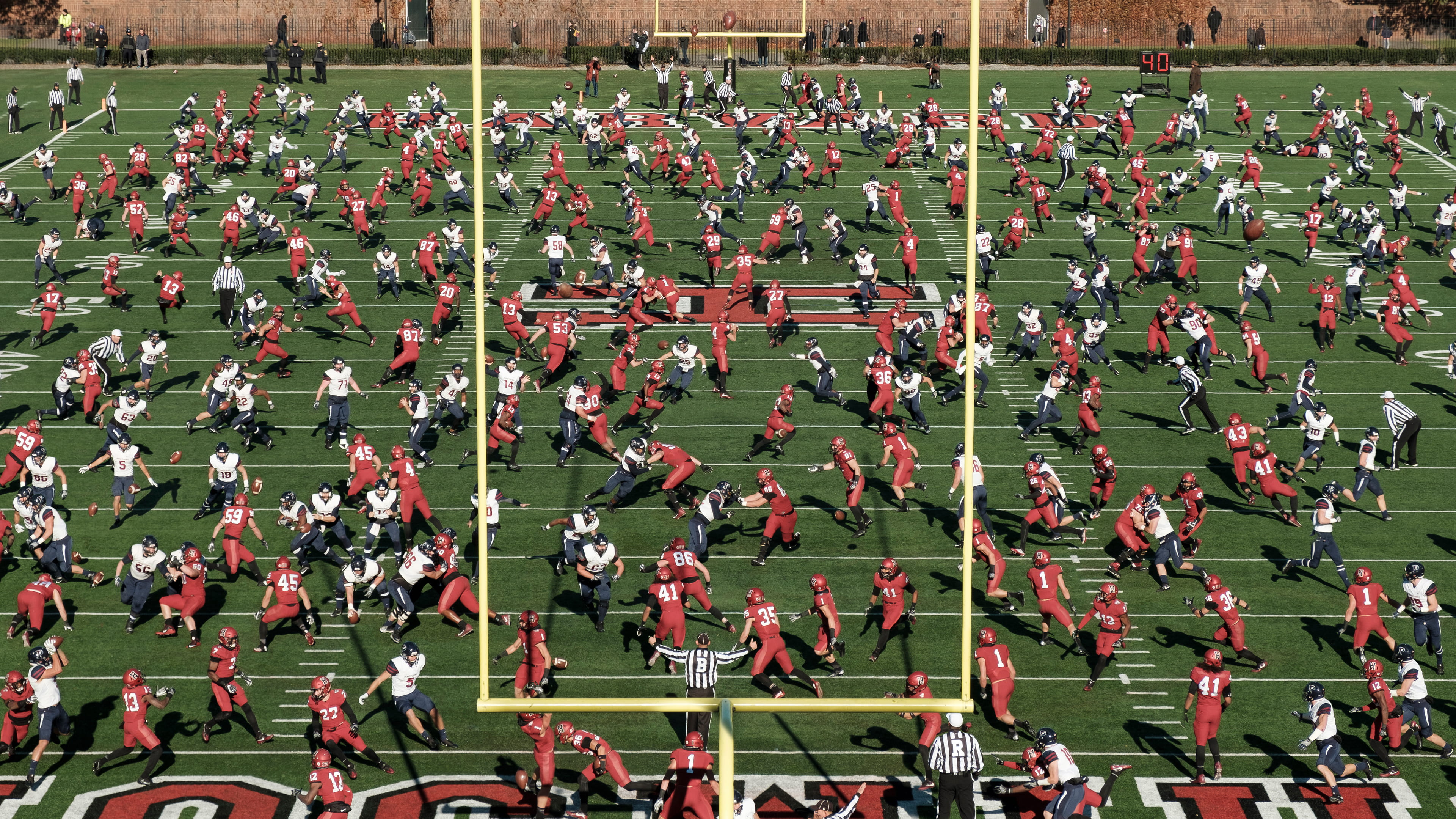 Why hard work and specialising early is not a recipe for success
Which is better: a generalist or a specialist? Conventional wisdom says the earlier you specialise, the greater your chances of success. But people who take their time and broaden their horizons make smarter career choices. In fact, they tend to be better at their work than specialists.
Why hard work and specialising early is not a recipe for success
Which is better: a generalist or a specialist? Conventional wisdom says the earlier you specialise, the greater your chances of success. But people who take their time and broaden their horizons make smarter career choices. In fact, they tend to be better at their work than specialists.


